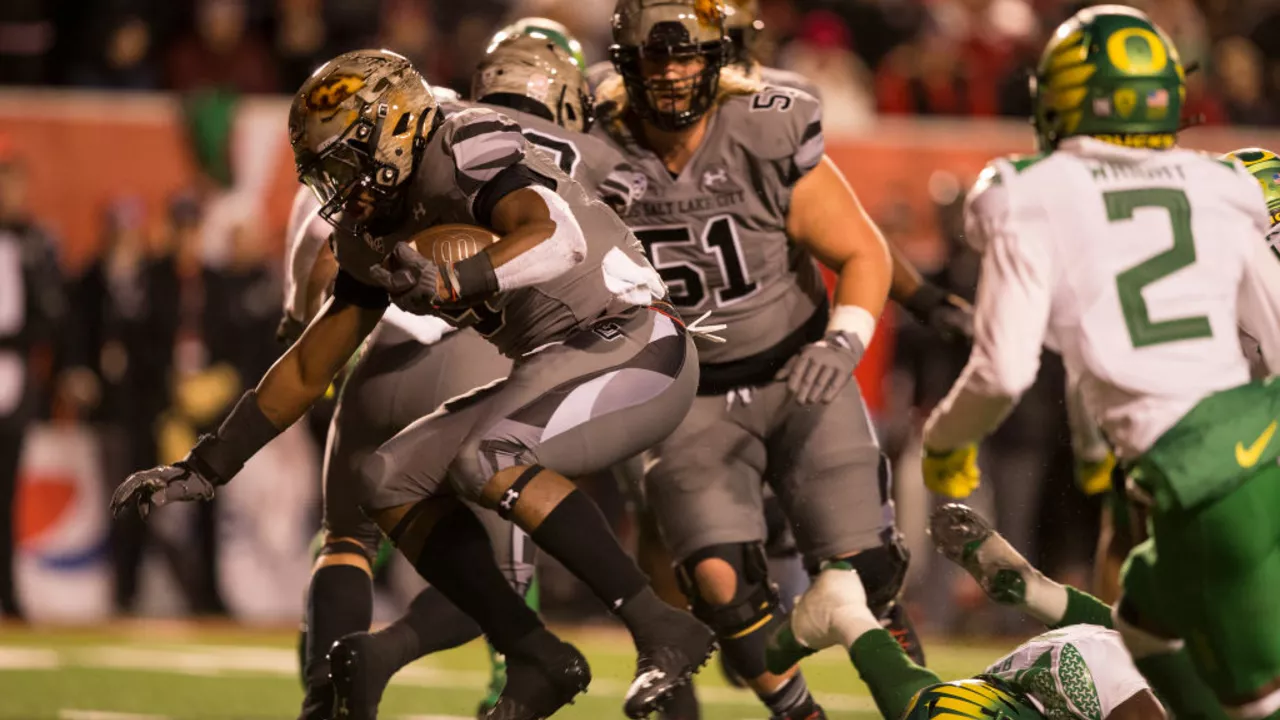2‑Loss Team: What It Means and Why It Matters
When working with 2‑loss team, a squad that has recorded exactly two defeats in a league or tournament. Also known as double‑loss side, it often sits at a crossroads between early optimism and mounting pressure.
The term 2‑loss team pops up whenever analysts discuss team performance, how well a group converts chances into points over a season. A 2‑loss team encompasses both the statistical dip after two setbacks and the mental shift that follows. Fans notice the dip in win‑percentage, while coaches watch key metrics like goal differential and possession drop.
Why Injuries and Schedule Pressure Play a Big Role
Another core factor is player injuries, physical setbacks that limit a squad’s lineup options. An injury blow can turn a 2‑loss team into a three‑loss nightmare if depth is thin. When a star forward goes down, the tactical setup must adapt, often forcing younger players into high‑stakes minutes.
Schedule congestion also influences outcomes. A packed fixture list means less recovery time, raising fatigue levels and injury risk. The semantic triple here: "A 2‑loss team requires strategic rotation to counter schedule congestion." Teams that manage rotation wisely can halt the losing streak, while those that don’t often see the losses compound.
Beyond injuries and fixtures, morale acts as a hidden engine. When a side sits at two defeats, confidence can erode, leading to hesitation on the pitch. Conversely, a single win after the second loss can spark a resurgence, showing how psychological factors intertwine with performance data.
Coaches respond by tweaking tactics. The semantic triple: "A 2‑loss team demands tactical adjustments to restore balance." This may involve shifting formation, pressing intensity, or set‑piece strategies. Tactical flexibility can turn the tide, especially when the opponent expects the same approach that led to earlier defeats.
Depth chart depth also matters. Teams with strong bench players can absorb injury blows better, maintaining competitive edge. This links back to the earlier point: "Player injuries influence a 2‑loss team’s odds," highlighting the cause‑effect relationship between squad depth and match outcomes.
Statistical analysts often break down the 2‑loss scenario using metrics like expected goals (xG) and points per game (PPG). These numbers help identify whether the losses were due to bad luck, defensive lapses, or attacking inefficiency. Understanding the root cause guides the next steps, whether it's recruiting, training focus, or mental coaching.
As you scroll down, you’ll see real‑world examples that illustrate these dynamics. From Arsenal’s injury blow after a tight draw to São Paulo’s celebratory kit launch that lifted team spirit, each story sheds light on how a 2‑loss team navigates challenges, adapts tactics, and strives to bounce back. Dive into the collection below to see the patterns in action and pick up tips you can apply to your own favorite squads.
Can a 2-loss team make the college football playoff?
It's a popular debate among college football fans - can a 2-loss team really make the playoffs? The answer isn't so cut and dry. While it's certainly not common, it's not entirely impossible either. The key factors include strength of schedule, performance in crucial matchups, and the overall competitive landscape of the season. So, while it's an uphill battle, a 2-loss team can still hold out hope for a playoff spot.





